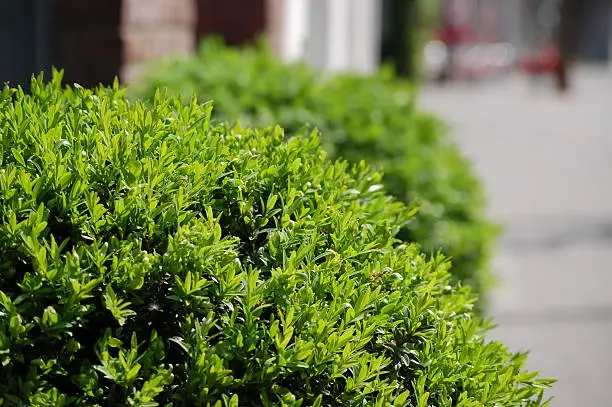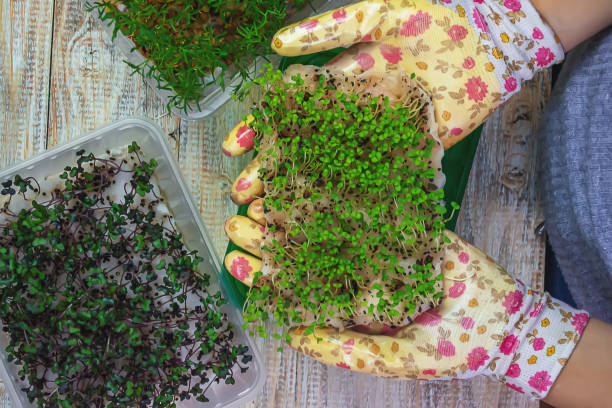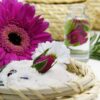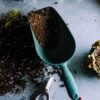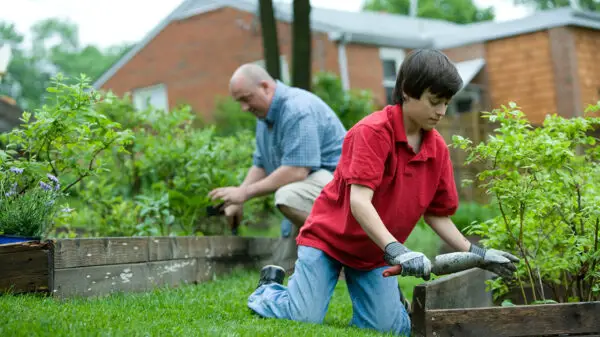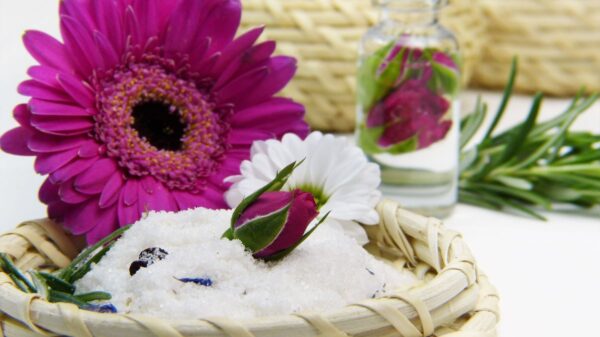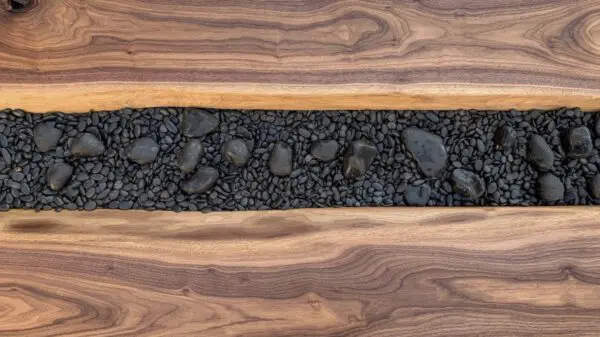Let’s Microgarden
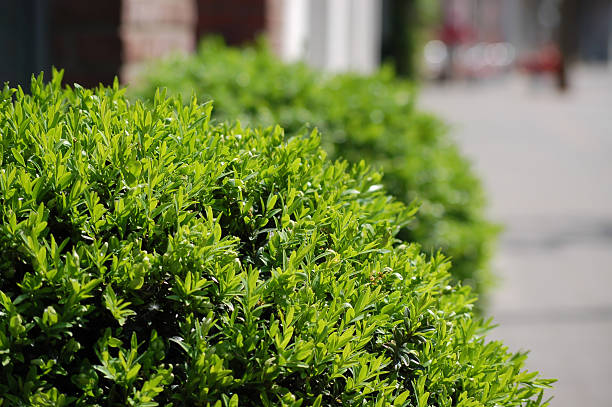
Microgardening has become increasingly popular in recent years, capturing the attention and interest of urban dwellers worldwide. This innovative gardening method offers a solution for individuals living in small apartments or homes with limited outdoor space, allowing them to cultivate their own fresh produce and ornamental plants. In this article, we will explore the reasons behind the popularity of microgardening, its origins, and how it has transformed the way people engage with gardening.
The Rise of Microgardening
Space Constraints and Urban Living
One of the primary factors driving the popularity of microgardening is the ever-increasing urbanization and the associated lack of space for traditional gardening methods. As more and more people move to cities and live in compact apartments or condominiums, the desire for greenery and the joy of gardening has not diminished. Microgardening presents an ideal solution, enabling individuals to bring nature indoors or utilize small outdoor spaces such as balconies, rooftops, or even windowsills.
Sustainable and Local Food Movements
The increasing awareness of sustainability and the desire to consume fresh, local produce has also contributed to the popularity of microgardening. By growing their own herbs, vegetables, and fruits, urban dwellers can directly and positively impact reducing their carbon footprint. Microgardening allows individuals to cultivate organic and pesticide-free food, ensuring the freshest and healthiest produce possible.
Therapeutic Benefits
Engaging in gardening activities has been shown to have numerous mental and physical health benefits. Microgardening provides an opportunity for urban dwellers to connect with nature, reduce stress, and improve overall well-being. The act of nurturing and watching plants grow can be incredibly rewarding and therapeutic, serving as a respite from the fast-paced urban lifestyle.
The Origins of Microgardening
The concept of microgardening has been practiced in various forms throughout history, but it gained significant attention in the 1970s during the urban farming movement. The idea of growing food in small spaces, such as containers and raised beds, became popular as a response to food shortages and the need for self-sufficiency. As urban areas expanded, the desire to grow food closer to home and reduce reliance on large-scale agriculture led to the development of innovative gardening techniques tailored to limited spaces.
Creating a Suitable Space
Assessing the Available Space
Before you embark on your microgardening journey, assessing the available space in your small apartment or on your balcony is essential. Look for areas that receive ample sunlight and are well-ventilated. South-facing windows or balconies tend to provide the best conditions for herb growth. Identify spots where you can place pots or containers, ensuring they won’t obstruct your daily activities.
Vertical Gardening
One effective strategy for maximizing space in small apartments or on balconies is vertical gardening. Utilize vertical surfaces such as walls or railings to hang planters or install shelves. This allows you to grow herbs upwards, making efficient use of limited space. Consider using wall-mounted planters, hanging baskets, or even repurposing old wooden pallets as herb gardens.
Container Selection
Choosing the right containers is crucial for microgardening success. Opt for lightweight and portable containers that are suitable for your space. Plastic, ceramic, or terracotta pots are popular choices. Ensure that the containers have proper drainage holes to prevent waterlogging, which can be detrimental to herb growth. Additionally, consider the size of the containers, ensuring they are appropriate for the herbs you plan to grow.
Selecting the Right Herbs
Considering the Growing Conditions
When choosing herbs for your microgarden, it’s important to consider the growing conditions in your small apartment or on your balcony. Assess the amount of sunlight your space receives and select herbs that thrive in similar conditions. Some herbs that are well-suited for small-space gardening include basil, mint, parsley, chives, thyme, and rosemary.
Understanding Herb Compatibility
Certain herbs have similar growth requirements and can be planted together in the same container. Understanding herb compatibility will help you optimize space and create a harmonious herb garden. For example, basil and tomatoes grow well together and can be planted in the same pot, while mint should be planted separately to prevent it from overpowering other herbs.
Starting from Seeds or Seedlings
Deciding whether to start your herb garden from seeds or seedlings depends on your preference and available time. Growing herbs from seeds allows you to experience the entire growth cycle, while using seedlings provides a head start. Consider your patience and the growing season when making this decision.
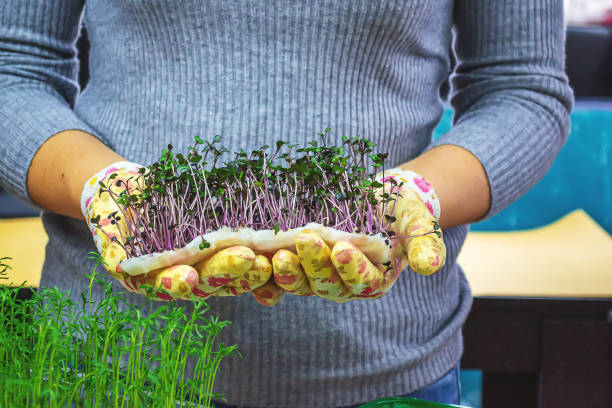
Providing Optimal Growing Conditions
Sunlight Requirements
Most herbs require at least 4-6 hours of direct sunlight each day to thrive. Position your containers in the sunniest spots in your small apartment or on your balcony to ensure optimal growth. If sunlight is limited, consider using artificial grow lights to supplement the natural light.
Watering Techniques
Proper watering is essential for the health of your herbs. As a general rule, herbs prefer slightly moist soil, but they don’t tolerate waterlogged conditions. Water your herbs when the top inch of soil feels dry, ensuring that the excess water drains out of the containers. Remember that overwatering can lead to root rot, so it’s important to strike a balance.
Fertilizing Routine
To promote healthy growth and abundant harvests, it’s important to provide your herbs with adequate nutrients. Use a balanced, water-soluble fertilizer at half the recommended strength every two to four weeks during the growing season. Avoid over-fertilization, as this can cause excessive foliage growth at the expense of flavor.
Harvesting and Maintenance
Pruning and Pinching
Regular pruning and pinching help to maintain the compactness and bushiness of your herb plants. Pinch off the tips of the herbs to encourage lateral growth and prevent them from becoming leggy. Additionally, remove any yellowing or diseased leaves to maintain plant health.
Harvesting Techniques
Harvesting your herbs at the right time ensures the best flavor and encourages continuous growth. Pinch or snip off the leaves as needed, starting from the top of the plant and working your way down. Avoid harvesting more than one-third of the plant at a time, as this can stunt its growth.
Things To Remember
Can I grow herbs indoors without natural sunlight?
While herbs thrive in sunlight, you can still grow them indoors without natural sunlight. Consider using artificial grow lights, which mimic the spectrum of natural sunlight. Position the lights close to the plants and adjust the duration to provide the necessary light requirements.
How often should I fertilize my herbs?
Herbs generally require fertilization every two to four weeks during the growing season. However, it’s important to follow the instructions on the fertilizer packaging and adjust the frequency based on the specific product you’re using.
Can I grow herbs in hanging baskets?
Yes, you can grow herbs in hanging baskets, especially if you have limited floor space. Choose herbs that have trailing or cascading growth habits, such as thyme or oregano. Ensure that the baskets have proper drainage to prevent water accumulation.
What can I do to prevent pests in my microgarden?
To prevent pests in your microgarden, maintain good hygiene and clean the area. Regularly inspect your plants for signs of infestation and promptly address any issues. Consider using organic pest control methods, such as neem oil or insecticidal soap, if necessary.
Can I use recycled containers for microgardening?
Yes, you can use recycled containers for microgardening. Just ensure that they are clean and have proper drainage holes. Avoid using containers that previously held toxic substances or chemicals, as they can harm your plants.
How long does it take for herbs to grow from seeds?
The time it takes for herbs to grow from seeds varies depending on the herb and growing conditions. Generally, herbs can take anywhere from a few weeks to a couple of months to reach maturity. Refer to the seed packet or specific herb guidelines for more accurate information.
Happy Herbs For You
Microgardening has emerged as a popular and practical solution for urban dwellers seeking to grow their own herbs and plants in limited spaces. With the rise of urbanization and the associated space constraints, microgardening provides a way for individuals to connect with nature, cultivate their own fresh produce, and enhance their living environments.
The popularity of microgardening can be attributed to several factors, including the increasing interest in sustainable living and the desire for local, pesticide-free food. Additionally, the therapeutic benefits of gardening and the joy of nurturing plants have contributed to its widespread appeal.
Through innovative techniques such as container gardening, vertical gardening, and soilless cultivation methods like hydroponics and aquaponics, microgardening has revolutionized the way people engage with gardening. It has empowered urban dwellers to create vibrant and productive gardens in small apartments, balconies, or even indoors, fostering a sense of self-sufficiency and providing a source of pride and accomplishment.
As the trend continues to grow, supported by advancements in technology and the availability of resources, microgardening is expected to become an integral part of urban lifestyles. It offers a sustainable and rewarding way for individuals to incorporate nature into their daily lives, promote food security, and embrace healthier, environmentally conscious practices.
Embrace the world of microgardening and unlock the potential of your small space, transforming it into a flourishing oasis of greenery and flavor.


